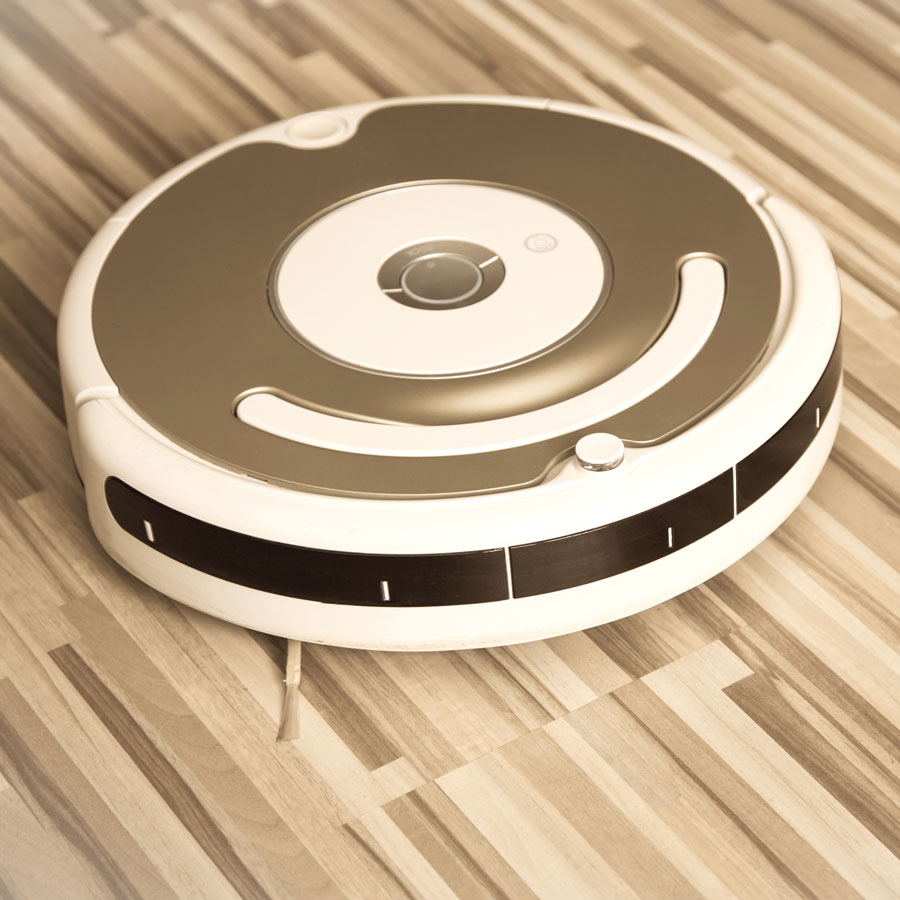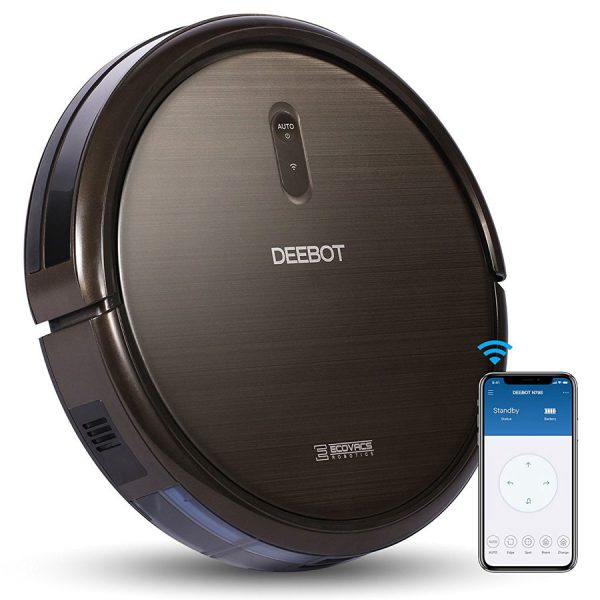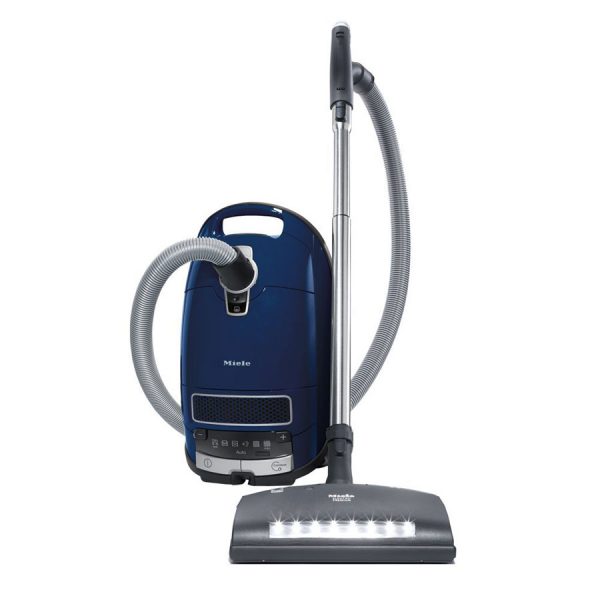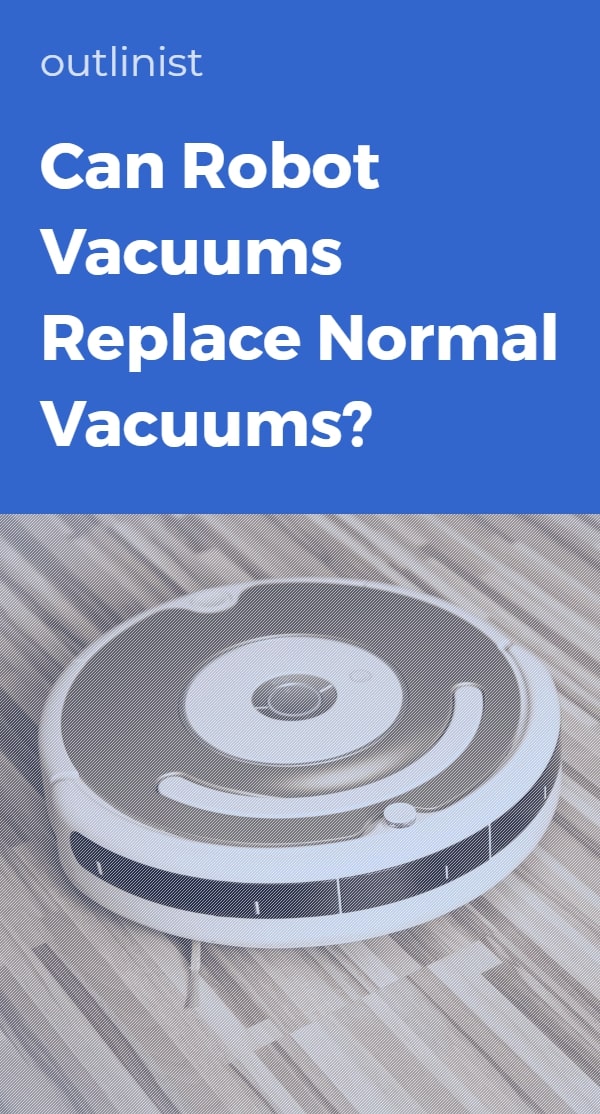With technology making leaps and incorporating in home appliances, can robot vacuums replace ordinary vacuums?
Robot vacuums have come a long way, but they still can’t replace regular or traditional vacuum cleaners yet. However, they’re getting close.
Ever since their invention, robot vacuums have shown potential for facilitating the whole floor cleaning process. They can clean the floors while you’re asleep or doing something else, saving time and energy spent vacuuming the traditional way.
There is a slew of both regular and robot vacuums in the market. So how do you decide between robot vs. traditional vacuum cleaner? Is the former going to replace the latter?
In reality, robot vacuums save time and effort but aren’t able to deliver the same results as a traditional vacuum. However, this doesn’t render them useless.
How Do Robot Vacuums Work?
The mechanics of a robot vacuum, which is often circular or D-shaped, is a little complicated. For the layman, a common robot vacuum has a battery, motor, and a microprocessor. The following is a simplified explanation of how it works:
- The battery is the source of power for the motor. It is rechargeable.
- Powered by the battery, the motor spins the wheels to make the vacuum move and delivers suction to brushes while spinning them. It also powers the brush roll if there is one.
- The microprocessor makes the vacuum smart by analyzing infrared or low-frequency beams mapping out the rooms. It helps the vacuum locate obstacles and avoid stairs, furniture, pets, and people in its path.
Some advanced models allow users to control and track the cleaner with a smartphone application. More recently, the integration of artificial intelligence further allows compatibility with devices such as Amazon Echo.
These integrations remove the need for the user even to track the cleaner. Simple voice commands to the Echo will suffice in directing the vacuum.
On the opposite side, very basic or bare-bone models only allow manual or on-board controlling of the vacuum cleaner.
Automation or No Automation?
Automation is the one feature that has gained the attention of most users. The possibility of cleaning without the user having to intervene manually is why the best robot vacuums have gained so much traction.
You can switch on the auto mode of these types of cleaners whenever needed. Users can set the vacuum so that it starts cleaning at the same time every day.
This way, they won’t have to be home to turn on the vacuum. In addition to that, they can change the settings to do a spot cleaning, or they can use the edge mode to get to pesky crevices.
Lastly, the auto-dock setting is an additional bonus. It allows the cleaner to find its way to the charging dock when the battery is low or after a cleaning session is over.
Except for a few instances, the user won’t have to find the vacuum and plug it in manually.
Where Do Robot Vacuums Work their Best?
The invention of robot vacuum cleaners was to make cleaning more convenient for the average homeowner too busy to vacuum regularly. However, you can’t use the vacuum on a floor cluttered with small objects.
For example, you can’t send a robot vacuum cleaner into a child’s playroom strewn with toys and expect a clean floor within an hour. With obstacles blocking the way, the vacuum has to turn often, preventing it from reaching corners.
Robot vacuum cleaners work effectively on clutter-free floors. Obstructions, such as paper scraps can block the suction pipe. Wires, etc., or can get tangled in the wheels. It can prevent the cleaner from moving or cause it to get stuck.
For optimal performance, the surface of the flooring in the user’s home is significant. It needs to be clutter-free, allowing the vacuum to move and suction debris with ease.
Surfaces such as low-pile carpets, hardwood flooring, linoleum flooring, and tile floors are where robot vacuums work the most efficiently. These surfaces are smooth, allowing the vacuum cleaner to move freely.
Compared to traditional vacuum cleaners such as upright and canister cleaners, robot vacuums offer efficiency in terms of reach. For instance, they can go under furniture where regular vacuum attachments can’t reach.
On the same page, modern canister and stick vacuums have found ways around it. They have come up with low-profile heads and flexible attachments that can go underneath narrower spaces and corners.
These improvements give them an edge over robot cleaners that are often unable to pick of dust bunnies lodged in hidden corners under beds, etc.
Where Do Robot Vacuums Come Short?
Robot vacuums can virtually clean any surface that a standard vacuum can, given it is clutter-free and doesn’t get blocked by large debris. But like any other appliance or instrument, robot vacuums also lack in certain areas.
One of the main areas of concern is plush carpeting. Long tendrils of a plush pile can get stuck in the wheels and limit the vacuum’s movement. Repeated frequently enough, it can even cause the vacuum cleaner to malfunction.
These failures happen because the vacuum has to overrun the motor for more energy to exert more pressure. It strains the machine’s system, depleting its battery at a much faster rate.
Consequently, the vacuum takes longer to charge and completing not even half the floor. A medium- or low-pile carpet, comparatively, is much more efficient and faster to clean.
In this light, ordinary vacuum cleaners prove much more useful for cleaning. Regardless of the carpet’s pile, an upright vacuum will not get stuck or slow down. It will also not need to work harder to create suction
Who Benefits from Robot Vacuums?
Based on the information we have learned, robot vacuums have the potential to improve any homeowner’s life. It’s not untrue that some people will benefit more than others. Typically, these include people with demanding jobs and busy lifestyles.
For example, physicians or surgeons who clock more than 80-hour weeks save some time and rest up while the robot vacuum keeps their living space clean. Households with large families and pets can also benefit from robot vacuums.
They can pick up the constant supply of crumbs or kibbles scattered around. It will also come in handy during vacations when kids bring in some dirt when playing outside. Parents and pet owners can do other chores instead of cleaning regularly.
Also, it can facilitate people with disabilities or mobility problems. It relieves them of having to drag a heavy upright vacuum around their home. Also, they don’t have to rely on others to clean for them.
They can take it easy and allow the robot to do the work while they can do chores that don’t put a strain on their physical health.
Limitation of Robot Vacuums
The entire premise of robot vacuum cleaners is their ability to clean without human intervention. While this seems like the perfect solution, there are some limitations.
One of the biggest concerns is the need to remove obstacles and debris away from the cleaner’s path. Even though this is the same for all types of vacuums, it kind of beats the point of having an automated one.
You will need to remove fragile items, power cords, etc. to declutter the floor before turning on the vacuum. Similarly, the wheels on robot vacuums also limit their movement on plush carpets and thresholds.
Robot vacuums also present some problems when working on darker flooring. The sensors that map the floor register dark surfaces as drop-offs. As they approach these areas, they automatically change directions.
Lastly, the dust bin in robot vacuums is much smaller than standard vacuums. While emptying the dirt bin is a given with any vacuum cleaner, users need to take more trips to the trash can when using a robot vacuum.
Benefits of Normal Vacuum Cleaners
They might be bulkier, heavier, and not automated like robot vacuums, but ordinary vacuum cleaners are still relevant. The former is excellent for maintenance, but regular vacuum cleaners are a must for deep cleaning carpets at least once a week.
Secondly, a robot cleaner cannot clean staircases as they cannot climb. To get to the staircase’s treads and risers, you need an upright vacuum. Also, you can attach longer extension wands to reach the ceiling.
Lastly, they offer much more strength in terms of suction power. They can quickly work on plush surfaces and pull out dirt more easily.
On the opposing end to these benefits are certain limitations. For instance, typical vacuum cleaners are not cordless or automated. You have to maneuver them around manually.
Also, the cord can be a tripping hazard and be in the way of cleaning.
Can Robot Vacuums Replace Normal Vacuums?
The answer is no; or at least, not yet.
Both types of vacuums have their pros and cons that make them efficient for different purposes. While the chargeable robot vacuum is suitable for daily maintenance, standard vacuum cleaners are better for in-depth cleaning.
The best results come from using both simultaneously.



